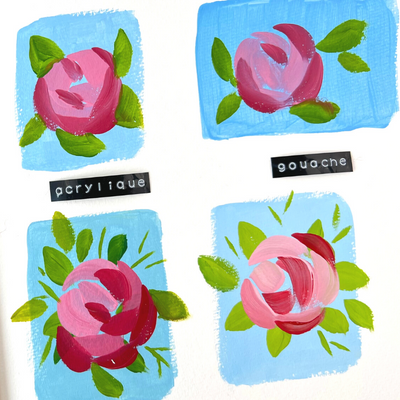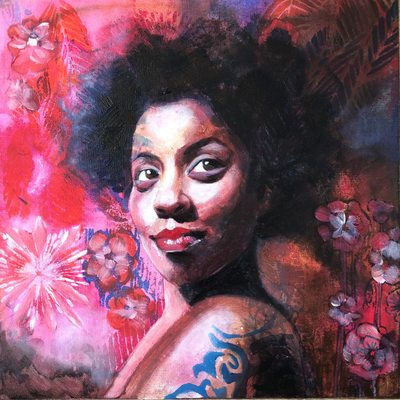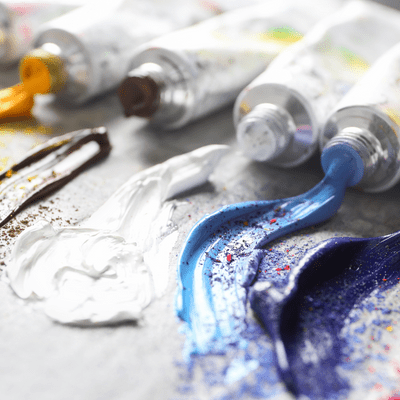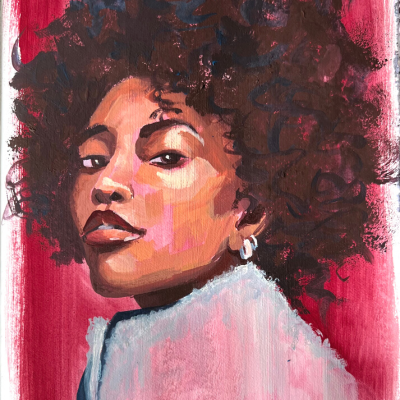Is gouache better than watercolor?
Watercolor paints are an incredibly versatile medium for creating art. They’re easy to use and can create everything from delicate illustrations to vibrant abstract paintings. Gouache paints are similar in many ways: they’re made with water-soluble pigments that create a wide range of colors when mixed on paper or canvas. Gouache has some unique qualities that set it apart from watercolor—and vice versa! We’ll explore how each type of paint behaves differently and help you decide which is right for your project.
You can watch the video ‘Gouache vs. watercolor: think differently for a successful painting’ below.
What is watercolor?
Watercolor paints comprise pigment, water, and binder (which hold the pigment together). The pigments used in watercolor paint can be naturally occurring or man-made. Color mixing is made on the palette and the paper.
The main characteristic of watercolor is that it’s transparent. This means that when you apply it on top of another layer, it will mix with the previous layer to create a new color. Because of this transparency, you’ll find yourself applying many small layers at once rather than one big layer as you could with oil paint or gouache.
What is gouache?
Gouache is a water-based paint made from pigment and a binding agent. It’s opaque, so it covers up what’s underneath it. In contrast to watercolor, gouache uses white pigments (like titanium dioxide) to lighten colors when necessary. Color mixing is made on the palette. Gouache is a very versatile medium. You can use it in thin or thick layers when you know how much water you should add to gouache.
How to think when painting with gouache
Gouache paints are opaque, so they cover up the paper. This makes gouache paints much easier to blend than watercolor paints. Gouache paints also blend more easily because they’re thicker and less likely to run when you add another color on top of them.
Gouache paints are also much easier to mix to create new colors or shades of existing colors. The consistency and opacity make it simple for a beginner (or even an expert) to get the right shade by combining two or three colors in the same painting session.
Finally, gouache opacity allows for much more control over how your paintings turn out than watercolors do because you can be sure that nothing will bleed while painting with them! You can paint from light to dark or vice-versa. You can fix mistakes by applying another layer of paint on top and even erasing a paint spot.

How to think when painting with watercolor
If you need a white part, you must preserve the paper’s white. You can avoid the paper when applying pigments or use masking tape or masking fluid. This requires that you plan carefully before applying the first brushstroke. You can make colors by transparency; adding a transparent yellow on a blue wash, you’ll get a light green. Mistakes are not easy to fix.

So, which one should you choose?
Well, that depends on your needs.
- Watercolor paints have less opacity than gouache does. If you want a truly opaque finish with no transparency, watercolor may not be right for you. However, it’s great for toned washes and glazes where some translucency is desirable.
- Gouache has much more body than watercolor, so it won’t spread around as much when applied directly onto the paper. It also dries very fast compared to watercolor, making it great if you’re working on large surfaces where time constraints are important factors.
Is gouache better than watercolor, then? In the end, it’s all about your personal preference. Once you know what each one is capable of, it’s easy to see which will work best for you.






